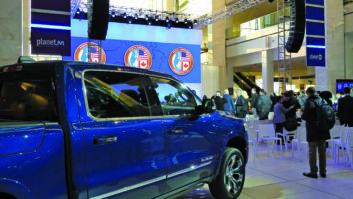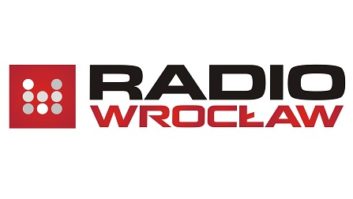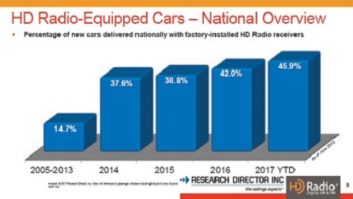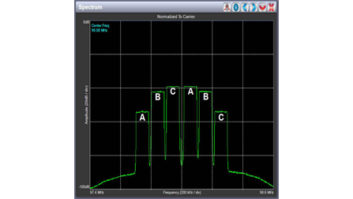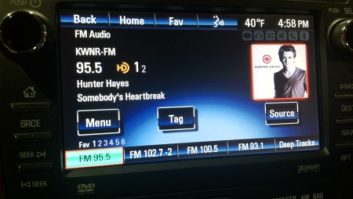
Website image of JVC’s KD-HDR52 CD receiver with HD Radio tuner.
In the world of HD Radio, we have the opportunity to “wow” our listeners with the quality and features of the digital signal, or to irritate them with tune-out factors. There are several things that every HD Radio station engineer should pay close attention to in order to hold listeners.
Proper analog/digital time alignment is a big deal. A little misalignment creates a stutter or skip, depending on which direction the misalignment is in and whether the station is blending into or out of digital. I’ve heard some stations in big markets with apparently no time alignment at all, and the signals eight or more seconds out of alignment. Something like that will drive a listener crazy as the blend occurs. While we as engineers at least recognize what’s happening, Joe Listener does not, and he no doubt thinks that the station has some real technical problems (and it does).
HD-CAPABLE MONITORS ARE ESSENTIAL
We’ve learned over the last 10+ years of HD Radio that digital/analog time alignment does occasionally drift. Such slip can occur wherever the delay of the analog signal takes place (in the audio processor or in the exporter). The important thing is to monitor it, and for that, we have several tools available, starting with the ones affixed to the sides of our head.
I think every HD Radio station chief engineer should have an HD-capable radio in his or her vehicle. That CE should listen to the station and pay attention to what happens during the blend. If there’s a problem, it should be readily apparent.
At least one manufacturer produces an HD monitor equipped with a time-alignment monitor and alarm. Having one of those around constantly monitoring the status of the time alignment sure wouldn’t hurt.
GET THE SOUND RIGHT
Another tune-out factor is when there is a noticeable level jump between the demodulated analog and digital signals. I was recently in Philadelphia and noticed in my HD Radio-equipped rental car that one HD Radio station had enough of a level difference between analog and digital that I had to make a volume adjustment after the blend to maintain a comfortable listening level. That was aggravating, especially when I drove through an area where the station had some signal issues and the digital was in and out.
Most exporters or HD exciters have some adjustment for this. It is sometimes called Digital Gain, and in other exporters/exciters it’s called Analog Level. Depending on the setup, this can sometimes also be adjusted in the audio processor. However it’s done, the levels should be adjusted for proper analog modulation depth with a good match, within a dB or so, between demodulated analog and digital levels.
Finally, some audio processors contain separate digital and analog equalization controls. One manufacturer provides a control called HF Shelf EQ. Get it set too high, and the resulting digital audio can be unnaturally bright and sibilant, even irritatingly so. While it’s good to exploit to some degree the capabilities of the digital signal to provide higher audio quality, the hybrid world we live in dictates that we don’t get carried away. Equalization and processing should be adjusted so that the blend sounds natural and the digital signal sounds perhaps a little brighter and crisper than the analog but not excessively so.
At the end of the day, it’s all about “The Listener Experience.” Provide content that the listener wants with good technical quality and without irritations, and the listeners will stay tuned in, but even high-demand content with a bunch of irritations will drive listeners away. Pay attention to proper time alignment, level match and equalization, and you will keep your listeners happy.
Send your HD Radio tips or column suggestions to [email protected].
Cris Alexander is the director of engineering at Crawford Broadcasting and a past recipient of SBE’s Broadcast Engineer of the Year award.





